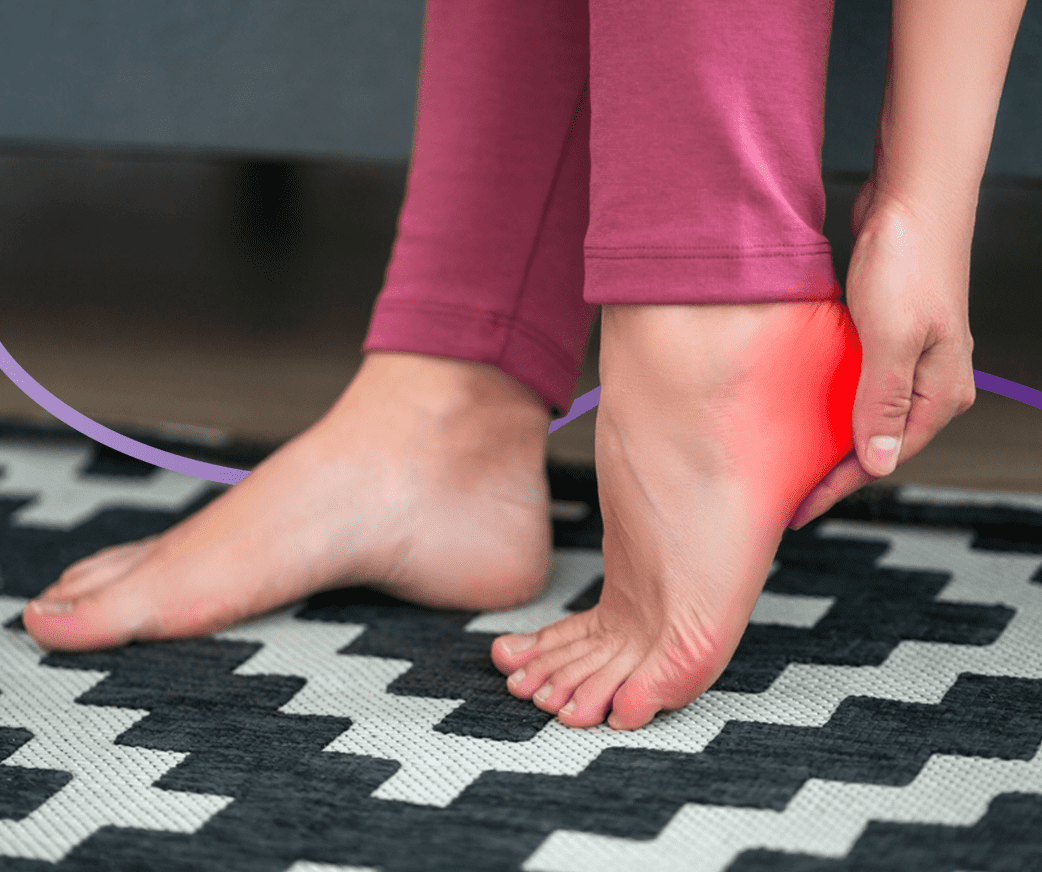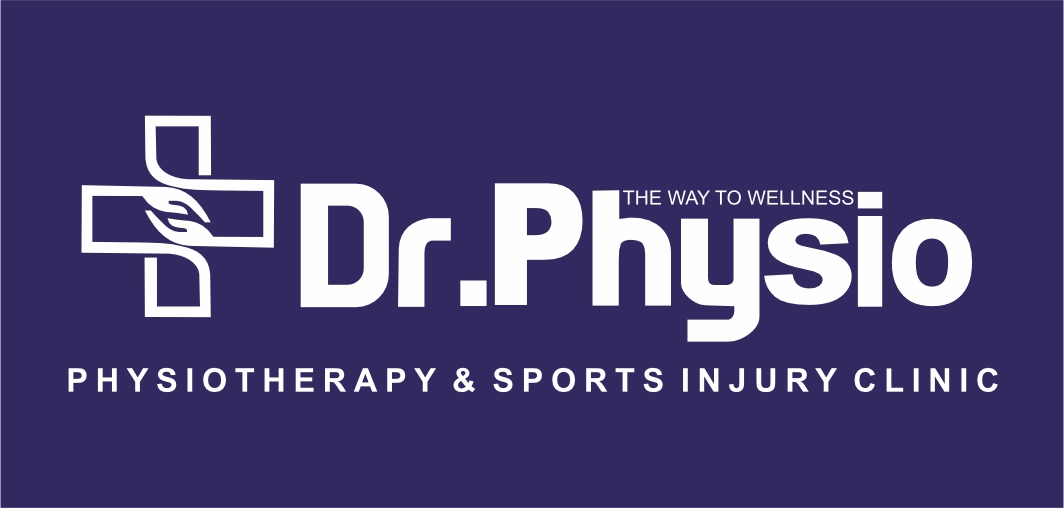+918048039022

This is your website preview.
Currently it only shows your basic business info. Start adding relevant business details such as description, images and products or services to gain your customers attention by using Boost 360 android app / iOS App / web portal.
Are you experiencing any discomfort in your hee...

Are you experiencing any discomfort in your heels? Have you been feeling any pain in your heels? Do you have any issues with your heels hurting? Are your heels bothering you in any way? Have you noticed any pain or discomfort specifically in your heels? Heel pain can stem from various causes. Some common reasons include: Plantar Fasciitis: Inflammation of the band of tissue (plantar fascia) that connects the heel bone to the toes. Achilles Tendonitis: Inflammation of the Achilles tendon, which connects the calf muscles to the heel bone. Heel Spurs: Bony growths on the underside of the heel bone, often associated with plantar fasciitis. Heel Bursitis: Inflammation of the bursa (fluid-filled sacs) located at the back of the heel. Stress Fractures: Tiny cracks or breaks in the heel bone (calcaneus), often caused by repetitive stress or overuse. Tarsal Tunnel Syndrome: Compression of the tibial nerve as it passes through the tarsal tunnel (similar to carpal tunnel syndrome but in the foot). Rheumatoid Arthritis or Osteoarthritis: Inflammatory conditions that can affect joints, including those in the feet and heels. Excessive Pronation or Supination: Abnormal foot mechanics that can lead to strain on the plantar fascia or other structures in the foot. Trauma or Injury: Such as a bruise, strain, or fracture due to a fall or impact. Wearing Improper Footwear: Shoes that lack proper support or cushioning can contribute to heel pain. Physiotherapy can be an effective treatment approach for heel pain, Here are some common physiotherapy techniques and interventions used for heel pain: Stretching and Strengthening Exercises: Physiotherapists often prescribe exercises to stretch tight muscles and strengthen weak muscles in the foot, ankle, and calf. For example, calf stretches can help relieve tension on the Achilles tendon and plantar fascia. Manual Therapy: Techniques such as joint mobilization or manipulation can help improve joint mobility and reduce stiffness in the foot and ankle. Ultrasound Therapy: This involves using high-frequency sound waves to generate heat deep within tissues, which can help alleviate pain and promote healing. Orthotic Devices: Customized orthotic inserts or shoe modifications can help provide support and correct abnormal foot mechanics that may contribute to heel pain. Gait Analysis and Correction: we analyze your walking or running pattern (gait) to identify any biomechanical issues that could be causing or exacerbating heel pain. They can then provide advice on correcting these issues through exercises or modifications. Education and Advice: we educate patients about proper footwear, activity modification, and self-management strategies to prevent recurrence of heel pain. Modalities: Other modalities such as ice or heat therapy, electrical stimulation (e.g., TENS), or therapeutic ultrasound may also be used to reduce pain and inflammation. Progressive Loading Program: This involves gradually increasing the load and intensity of activities to promote tissue healing and improve tolerance to weight-bearing activities. Using physiotherapy treatments, most people with plantar fasciitis can see improvements within a few weeks or months

